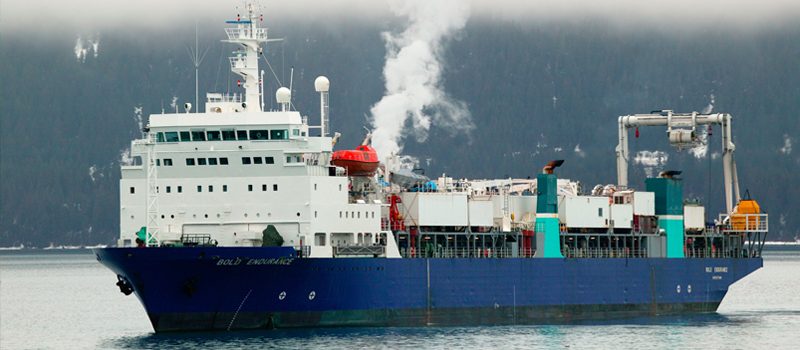

By Sean Bergin
As content providers continue to expand their reach by installing caches and nodes within each region and in many cases in-country, what will this mean for carriers and the submarine cable industry? It appears that the legacy requirement for carriers and others to get to key Internet hubs such as Los Angeles will diminish, therefore reducing the amount of international capacity carriers will need to obtain.
Content providers are caching locally where practical to provide a much better user experience by being as close as possible to the “eyeballs” they serve. This also gives them greater control over the end-to-end service they offer, with less reliance on third-party infrastructure. This is a significant shift in the industry. We have gone from an environment where the telecom operators controlled this space to a new breed of dominant player, the content providers.

With the emergence of artificial intelligence (AI), machine-to-machine computing, and the “Internet of Things (IoT)” in general, we can only expect this evolution of changing client base on submarine cables to continue. Recent reports suggest that by 2040, there will be more connected devices than there are people, and that this traffic coupled with 8k video will clearly drive significant growth in traffic on our submarine cable infrastructure.
The question is, however, who will be the major users of these cables? Will it continue to be the content providers? Will it revert to the telecom operators again, or will there be a new breed of submarine cable customer that provides applications to users in order to make use of all of the data being captured and transmitted by machine-to-machine activity?



